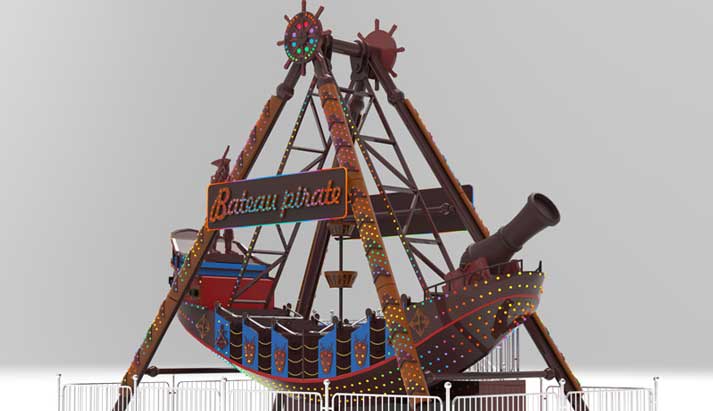Purchasing theme park rides is a complex process that involves careful planning, research, and collaboration with manufacturers and suppliers. Whether you are establishing a new theme park or adding new attractions to an existing one, here’s a comprehensive guide in six paragraphs on how to buy theme park rides:
1. Define Your Vision and Budget:
Begin by clearly defining your vision for the theme park and the types of rides you want to offer. Consider your target audience, theme park theme, and the overall experience you wish to create. This will help you narrow down the selection of rides that align with your vision. Determine your budget for ride acquisition, which should include not only the cost of the rides themselves but also expenses for transportation, installation, maintenance, and any necessary infrastructure modifications.
2. Research and Identify Ride Suppliers:
Conduct thorough research to identify reputable ride manufacturers and suppliers. Look for companies with a proven track record of producing safe and high-quality theme park rides. Attend industry trade shows and conventions, such as the International Association of Amusement Parks and Attractions (IAAPA), to connect with potential suppliers and gain insights into the latest ride innovations.
Reach out to multiple suppliers to request quotes and detailed information about the rides you are interested in. Compare their offerings, pricing, warranties, and customer reviews. It’s essential to establish strong communication with potential suppliers to address any questions or concerns you may have.
3. Consider Ride Types and Themes:
Theme park rides come in various types and themes, from roller coasters and water rides to dark rides and kiddie attractions. Consider the demographics of your target audience, the available space in your park, and the compatibility of the rides with your park’s theme. Ensure that the rides you choose offer a diverse range of experiences to cater to visitors of all ages and preferences.
The theme of your amusement park rides for sale should align with your overall park theme, creating a cohesive and immersive experience. Some rides are customizable, allowing you to incorporate branding, unique storytelling elements, and thematic decor to enhance the overall atmosphere.
4. Evaluate Safety and Compliance:
Safety is paramount in the theme park industry. Ensure that the rides you select meet all safety standards and regulations set by relevant authorities, such as ASTM International or the European Committee for Standardization (CEN). Work closely with your chosen supplier to confirm that the rides are compliant with local, national, and international safety guidelines.
Additionally, consider the maintenance and inspection requirements for each ride. Establish a rigorous maintenance schedule and training program for your staff to ensure the ongoing safety of the rides and the well-being of your visitors.

5. Negotiate Contracts and Logistics:
Once you’ve identified the rides you want to purchase, engage in contract negotiations with your chosen suppliers. Clearly outline the terms and conditions, payment schedules, delivery timelines, and warranty agreements. Consider hiring legal counsel with expertise in contract negotiations to protect your interests.
Address the logistics of transporting the rides to your theme park location. Coordinate with shipping and logistics companies to ensure the safe and timely delivery of the rides. Prepare your park infrastructure, including ride foundations, electrical connections, and safety measures, in advance of the installation.
6. Installation, Testing, and Grand Opening:
Upon delivery, work closely with the manufacturer’s technicians to oversee the installation and testing of the rides. Conduct rigorous safety inspections and test runs to ensure that everything operates as intended. Once all safety checks are completed and approvals are obtained from relevant authorities, you can plan your theme park’s grand opening, complete with marketing and promotional efforts to attract visitors.
In conclusion, buying theme park rides is a multifaceted process that requires careful planning, research, and attention to safety and compliance. By defining your vision, selecting reputable suppliers, considering ride types and themes, evaluating safety measures, negotiating contracts, and overseeing installation, you can successfully acquire and integrate exciting attractions into your theme park, creating memorable experiences for visitors of all ages.
